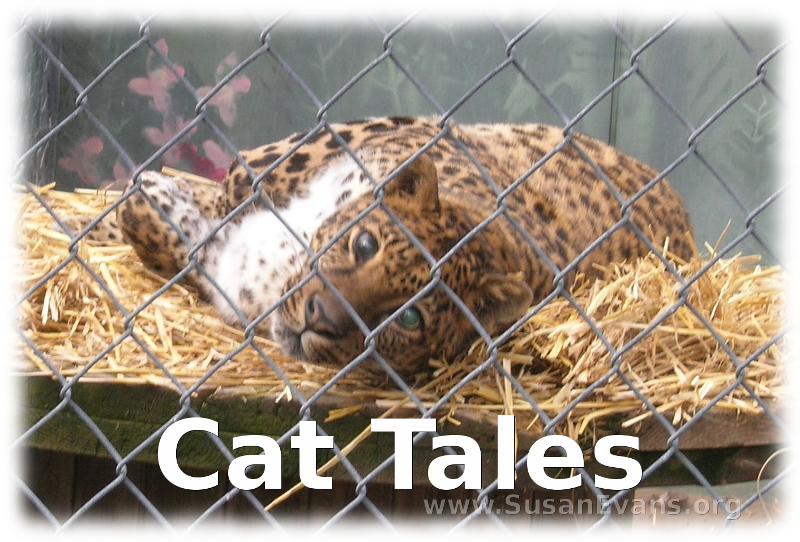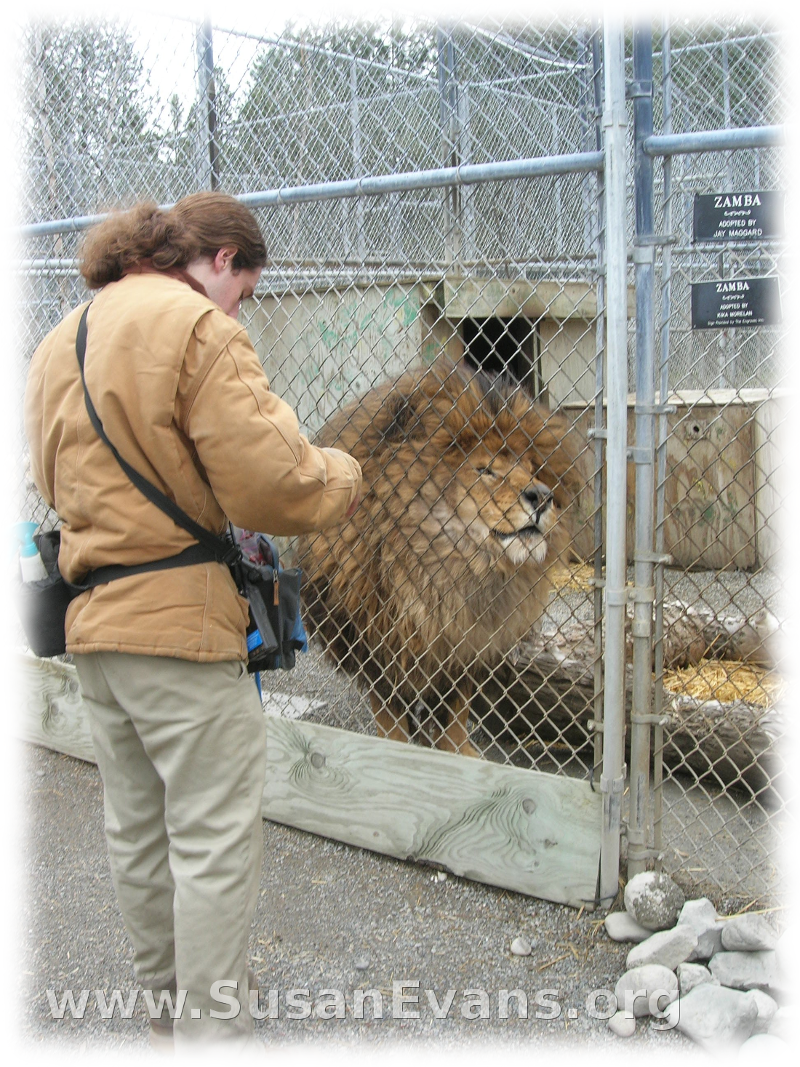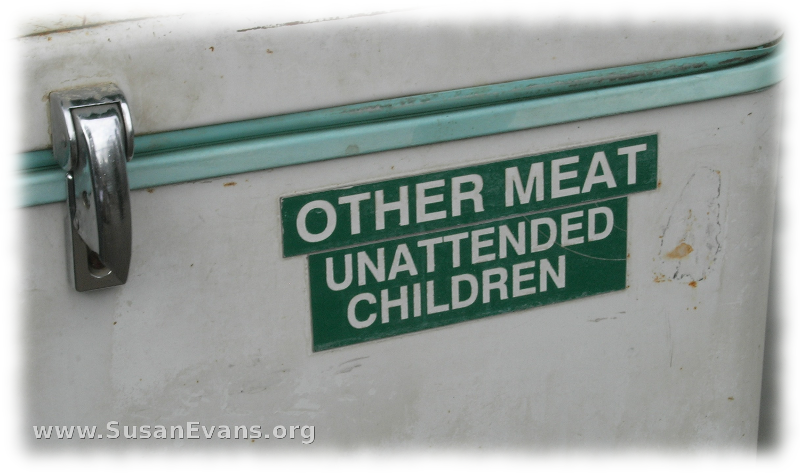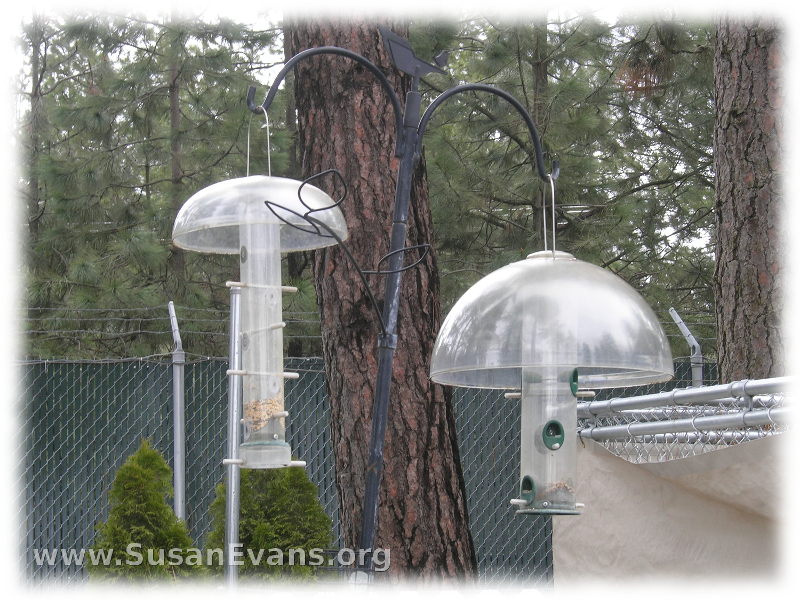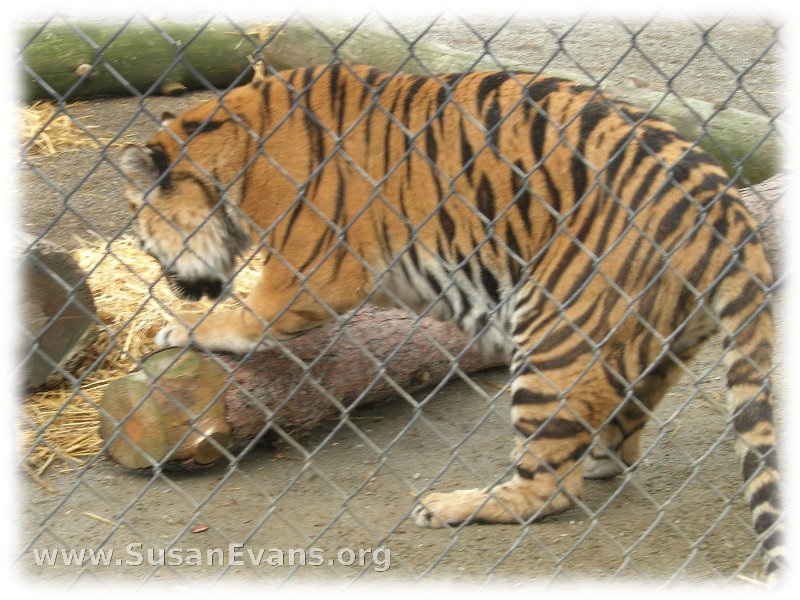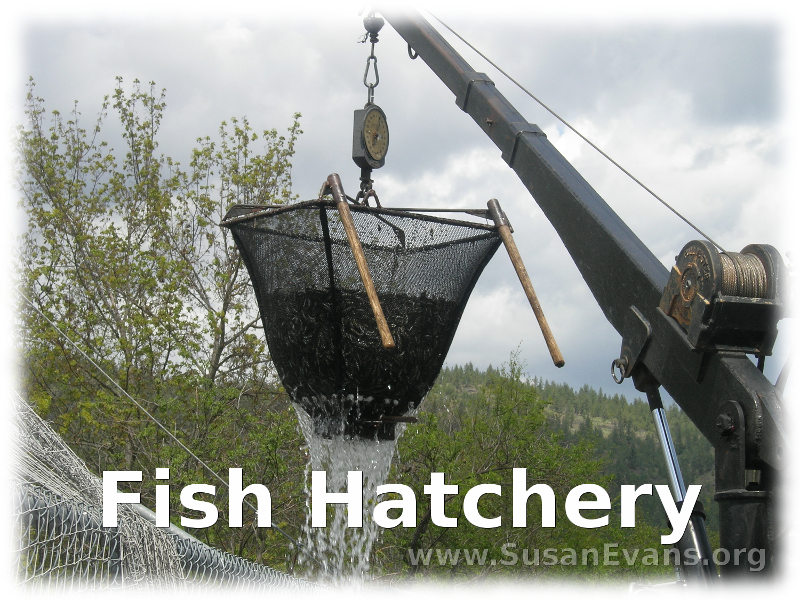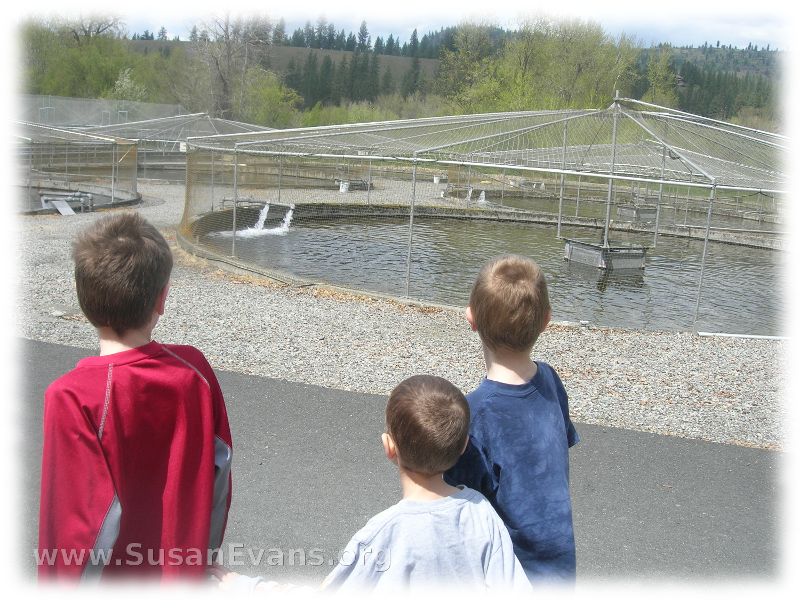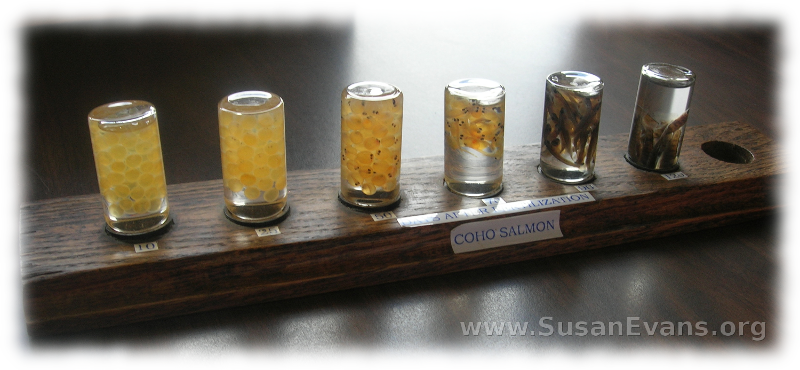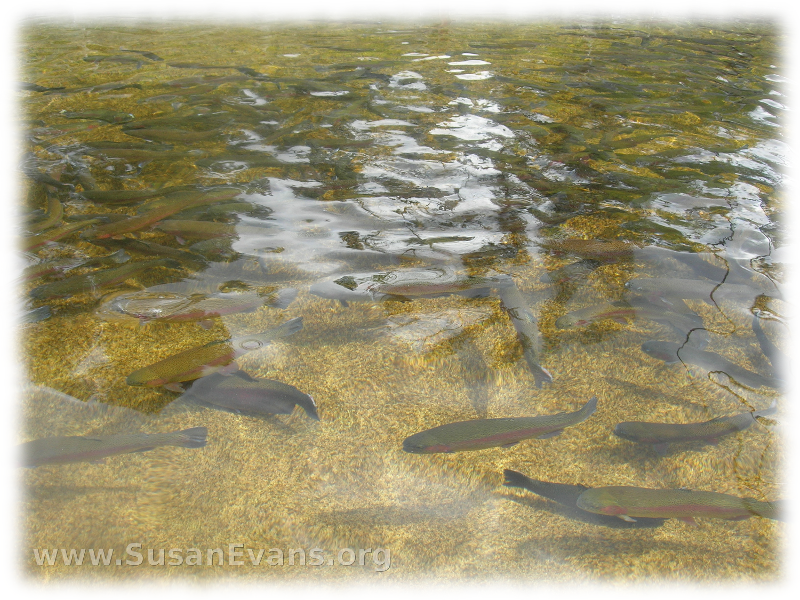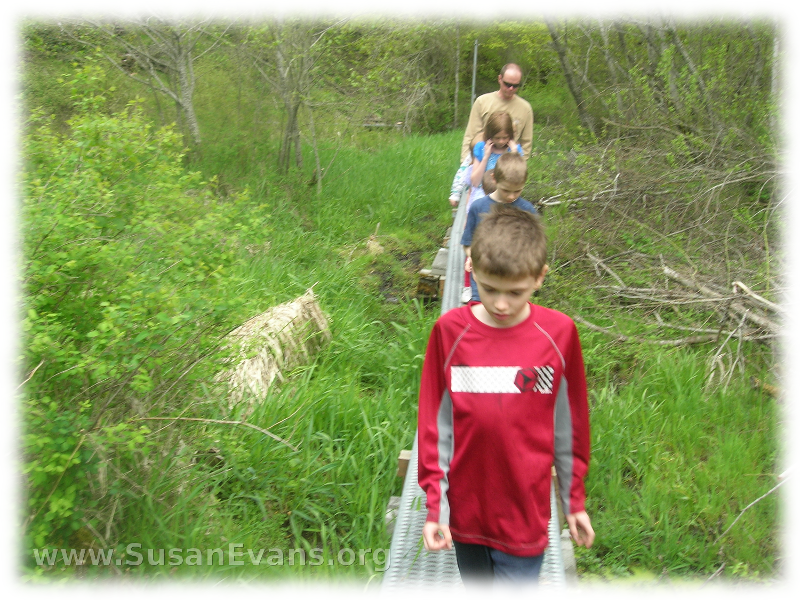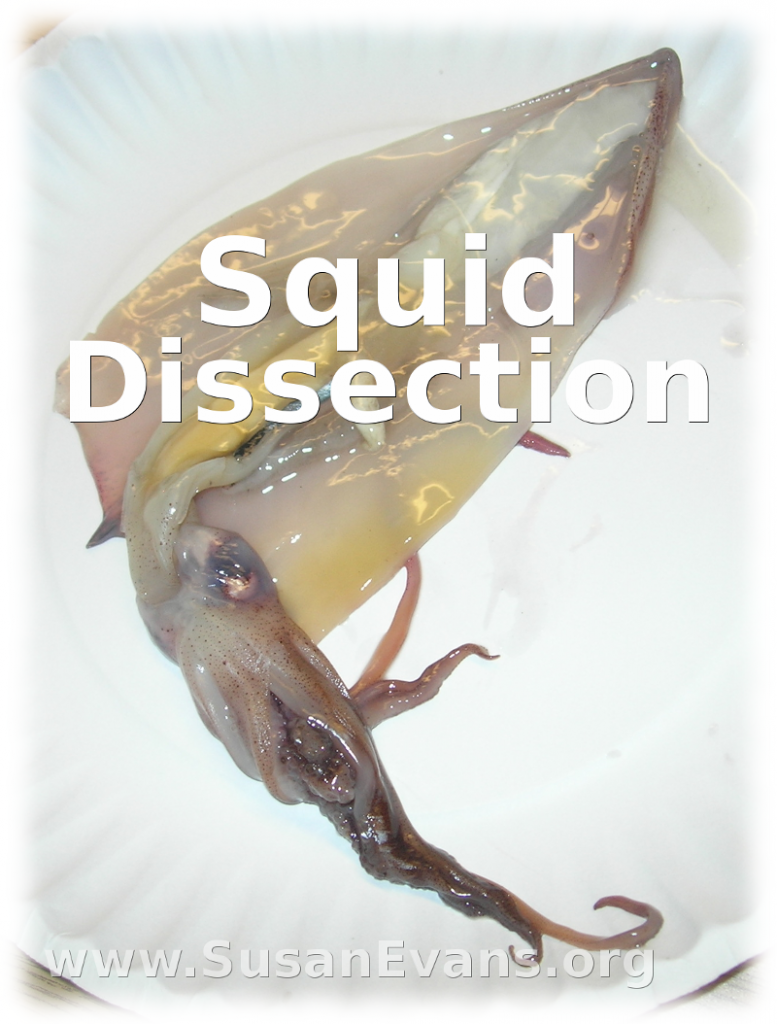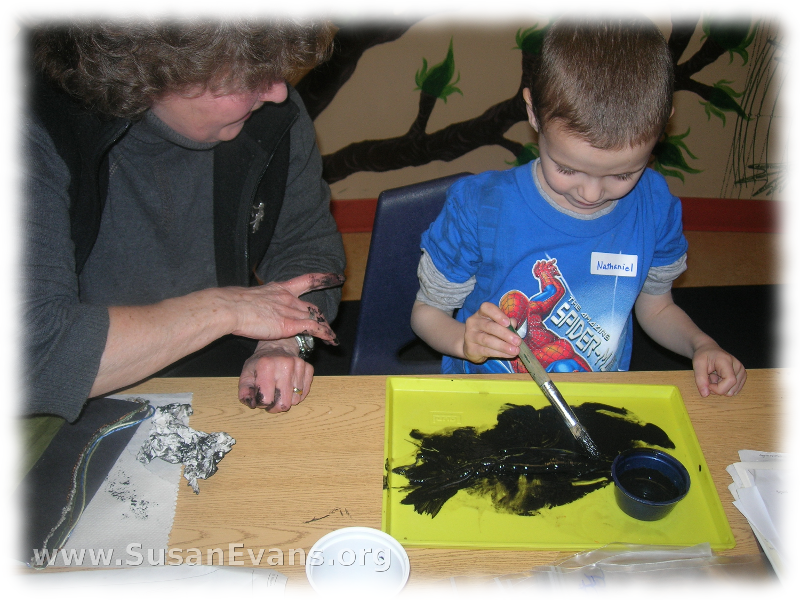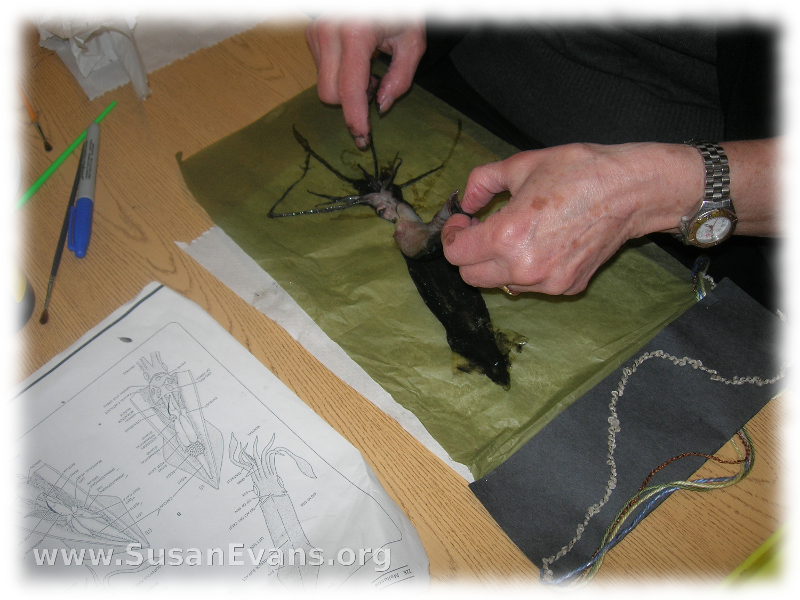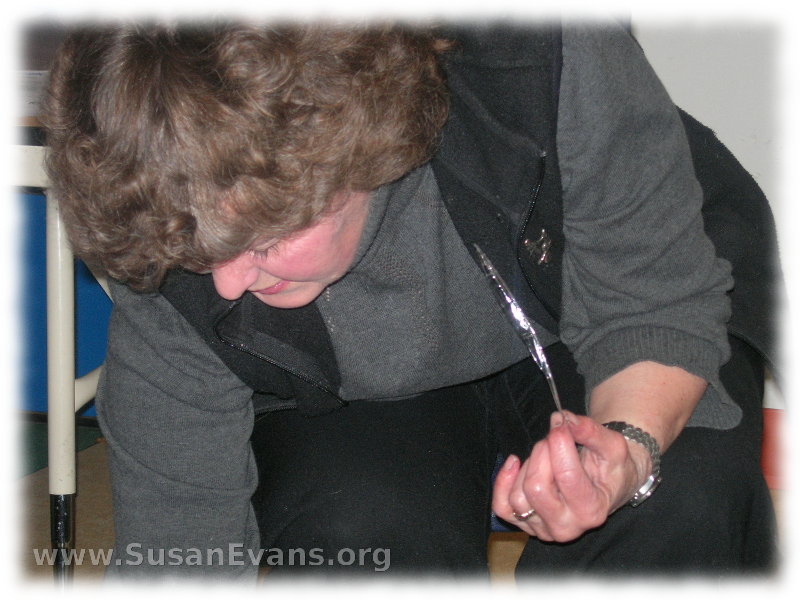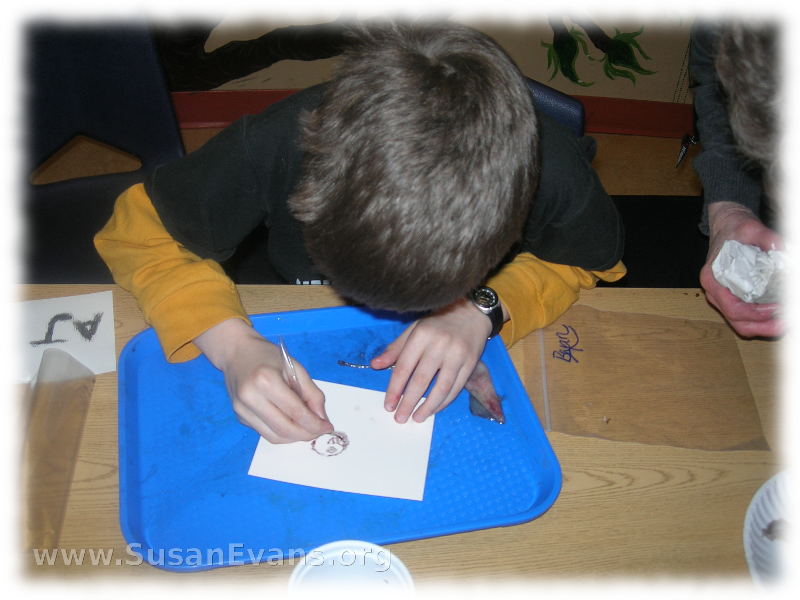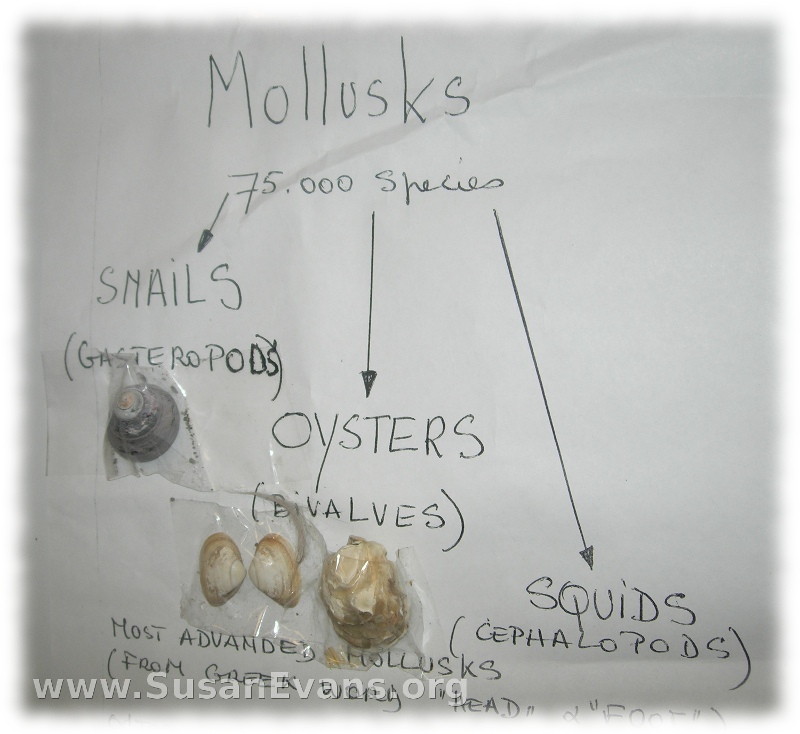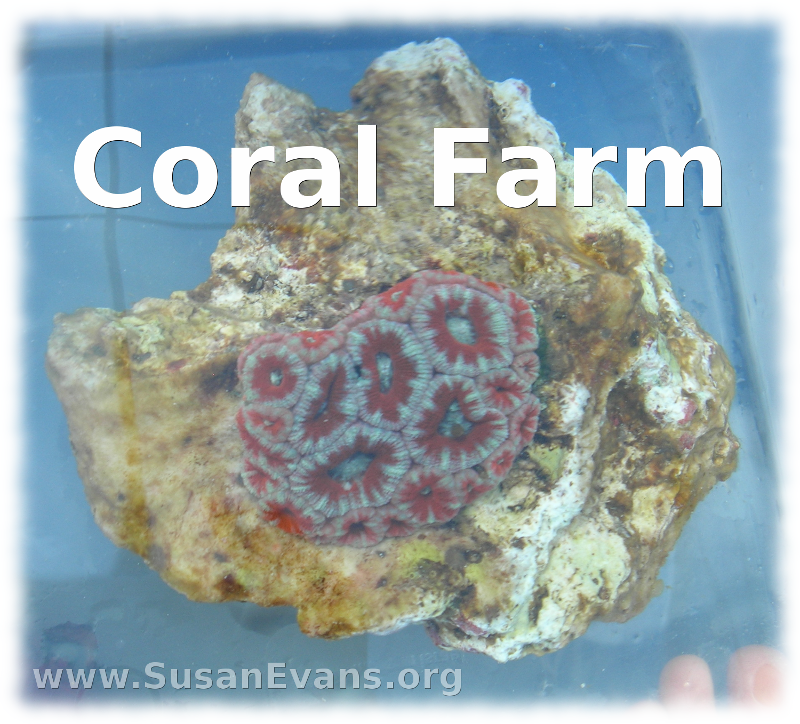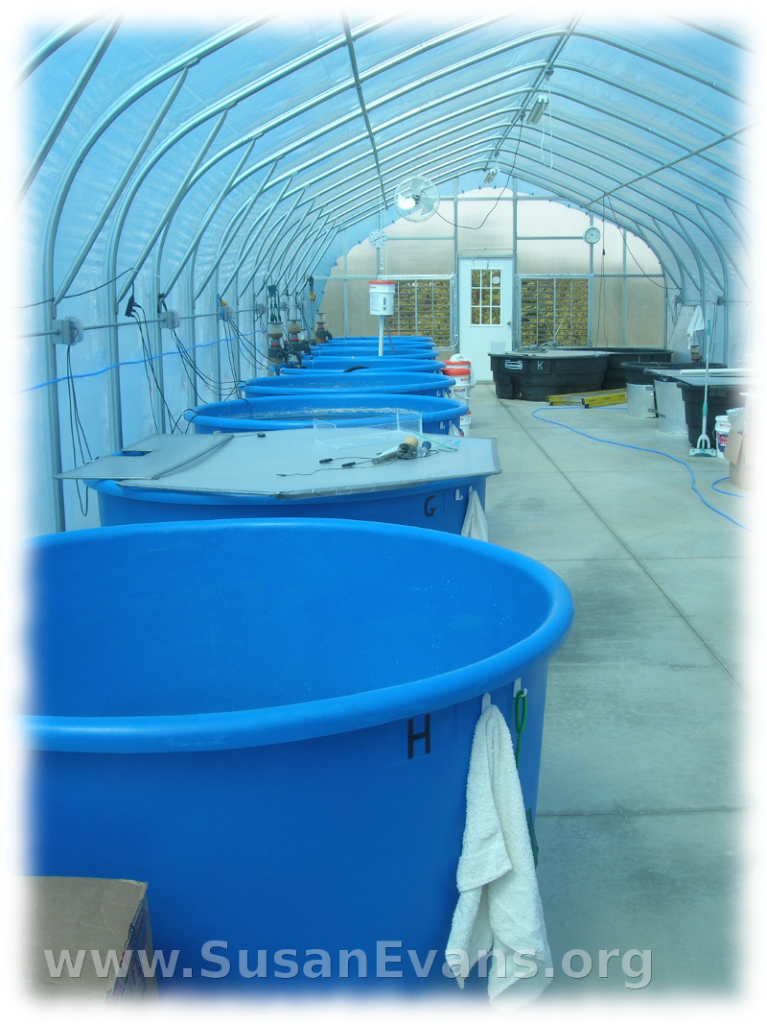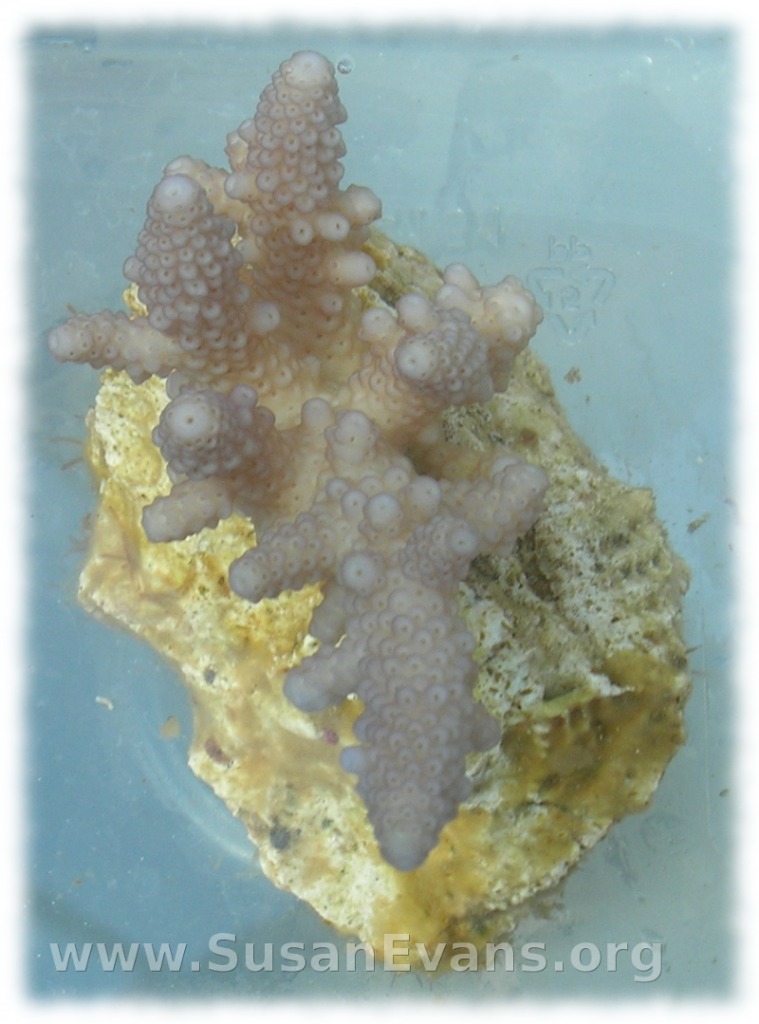Do you wonder what it would be like to have an exotic animal as a pet? I always toyed with the idea of having a pet jaguar, my favorite animal. (I could keep it in the basement with any unruly children, you know.) Well, Cat Tales Zoo is full of large cats that used to be the pets of actual (eccentric) people. The tour guide tells you stories about each feline, how many people they’ve killed, and how they came to be in a zoo.
They start by showing you the smallest wild cats, and you think, “Oh, they couldn’t hurt a fly.” Come to find out they’ve killed people. But as I stood there with my children, listening to the tour guide, I thought to myself, “These don’t look like ferocious felines at all. They’re lazing about like they’re on sedatives. They can hardly bother to yawn at you.”
So the sign saying, “Don’t Run: You Look Like Food” seemed like overkill to me.
A lion with a big fluffy mane was sleeping in his outhouse. Yes, it smelled like an outhouse but was more like a broken-down shed. He couldn’t bother to say hello. Later on, however, when we were on our way to the gift shop, we saw the lion step out and make his debut. He lazily walked about and let the tour guide rub him under the chin. “A little to the left…” he seemed to be saying.
The food for the large cats is kept in food lockers. One of the lockers said, “Other Meat: Unattended Children.” The tour guide tried to convince us that no actual children were in the meat locker. You could almost hear her laughing diabolically behind the scenes as she went to feed the animals.
On the way out, I saw two bird feeders inside one of the enclosed areas with a large cat. I couldn’t help but feel sorry for the poor birdies. Fresh meat, you know. “Here, birdie, birdie… The big kitty won’t eat you…”
